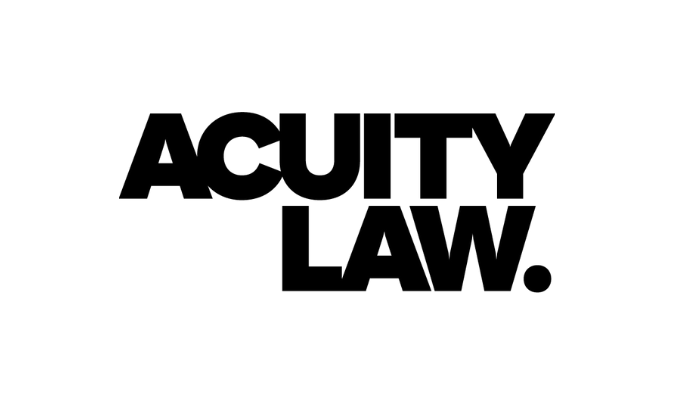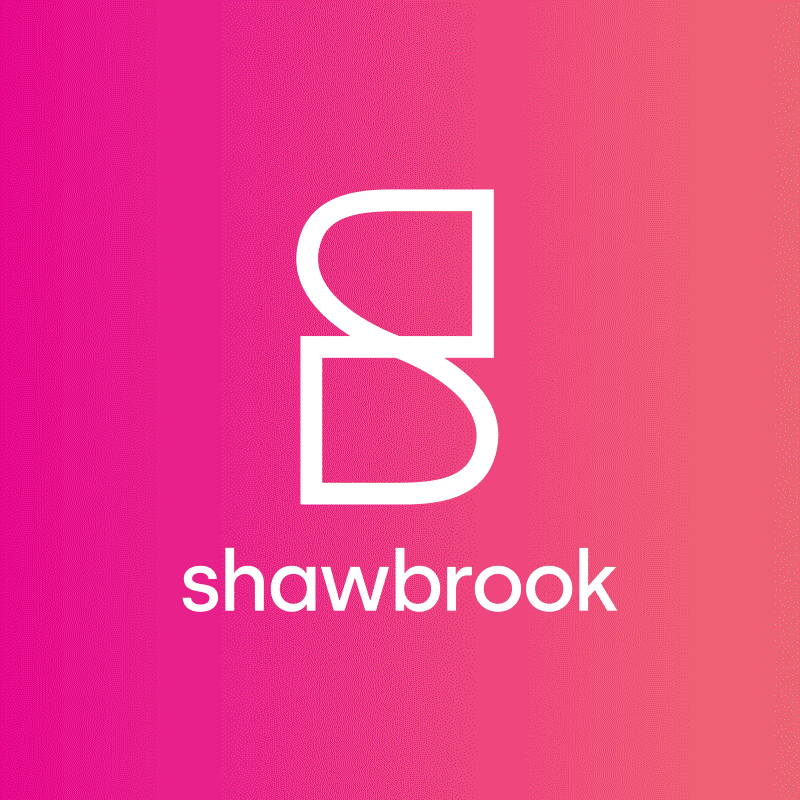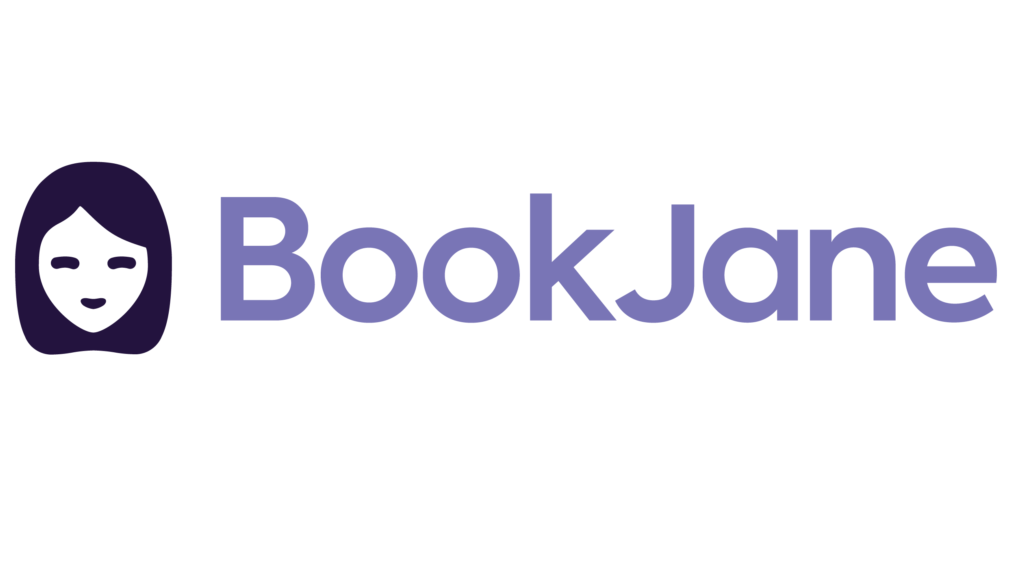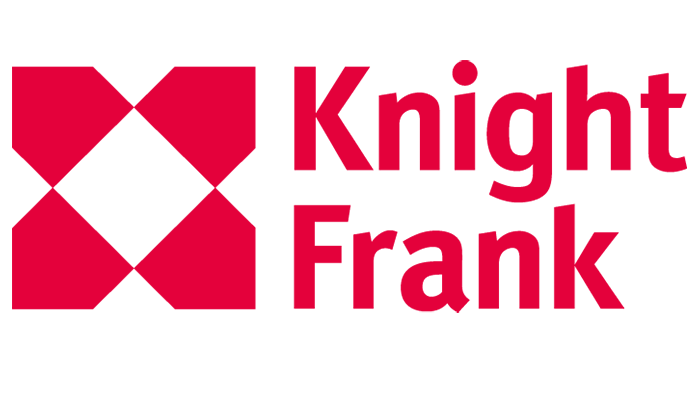How BookJane, technology platform for health care facilities, manages to increase utilisation, flexibility, staff satisfaction and reduce turnover
Sponsored ContentAdapting to the new CQC framework: A Q&A with Acuity Law’s Jenny Wilde

Acuity Law partner Jenny Wilde gives the lowdown about incoming changes to The Care Quality Commission (CQC) regulatory regime coming in Autumn 2023.
What do the changes to The CQC regulatory regime mean for health and social care providers?
JW: The CQC is moving to a single assessment framework, which all types of health and social care provider that deliver regulated services will fall under.
Essentially, this is a digitalisation and streamlining of the existing system with some changes to how ratings are attributed. At the moment, the CQC visits services in person with some offsite review of documentation. With the new framework, we’ll see a rapid increase in general remote inspection, with the onus placed on providers to provide and upload evidence demonstrating compliance.
How will remote inspections be conducted?
JW: Inspections will rely on a portal through which providers will upload relevant documentation and information for the CQC to base their judgement on. The CQC will also gather information from other stakeholders like Local Authorities (including safeguarding alerts), feedback from service-users and families, and complaints made about a service.
Bigger clients, who run multiple care services, may be more used to a digital way of delivering care and will likely find the new regime streamlines their inspection experience. However, smaller providers need to ensure they are using the portal optimally and don’t miss an opportunity to get information to the CQC. Equally, all providers need to be aware of what types of evidence the CQC will regard as sufficient proof of compliance.
What else will these changes mean for providers?
JW: There will be more real-time analysis of services, which is undoubtedly a positive (on the face of things). Right now, I’ve got clients waiting two years for an inspection, all the while stuck with a rating they are unhappy with. Under the new framework, ratings could change very quickly, multiple times a year, even. That’s a good thing – as long as those changing ratings are fair and true reflections.
My concern is about the nature of the real-time information being relied upon by the CQC. As mentioned above, feedback from safeguarding, families, service-users and complaints is more likely to be negative in nature, which will naturally start an inspection off with an element of scepticism and potential prejudice. What is not yet clear is how providers will be able to upload positive experiences of care services to trigger a new inspection and demonstrate improvement. Right now, this still very much feels like a reactive and risk-based approach.
For example, if a safeguarding allegation is made within a residential care home, the CQC and local authority will get a formal notification and that could trigger an inspection. At that stage, we don’t yet know if the allegation has merit, is vexatious or if it will be substantiated. My worry is that it sets inspections off on the wrong footing because the inspection team will focus on information related to the allegation rather than go looking for positive information.
What are the key concerns around these changes?
JL: The hands-off nature of the new inspection approach will involve a new tier of CQC staff that operate in a centralised call centre. This team supports the inspectors and will triage information on providers and flag when they think an inspection should take place. We have had no information from the CQC about the expertise of those staff and what training they will receive.
Another new feature is a points-based rating system, which will allocate a grading to a provider. There will inevitably be questions about the validity of the points system and challenges when points are close between each rating band. The risk with a points-based system is that the CQC will come back with a “computers-says-no” treatment.
My final concern is the lack of clarity on how the factual accuracy of draft inspection reports will be challenged. Currently, providers have a ten-working day period to challenge anything they consider to be incorrect or a misrepresentation in the post-inspection draft report. We’re not yet sure what the challenge process will look like, but we do know that reports are going to be much shorter – down to a few pages of bullet points. The question is how can you challenge things within the new framework when you are not comfortable with the content of the draft?
What can providers do to prepare?
JL: I would implore providers to properly research the new framework – there are some helpful resources on the CQC website. In particular, providers need to be familiar with the new quality statements, which describe the CQC’s expectations in every area of inspection.
Think about how you can quantify positive experiences to prove how you are meeting each quality statement. You should identify your positive pieces of evidence, get templates together and prepare evidence files.
But it’s important to note that the law itself hasn’t changed. Always use the regulations as your basis and if you are criticised for not meeting one of the quality statements, ask yourself: did I meet this regulation?
For more information about the updated CQC framework or to enquire about CQC regulatory framework training, drop Jenny a line here.
Latest Intelligence
This year's report focuses on the healthcare investment market trends from the past year and covers our thoughts for the year ahead.
Market reportsSubmissions are now open for Knight Frank's Luxury Care Home Guide 2023 - UK Edition
Research


